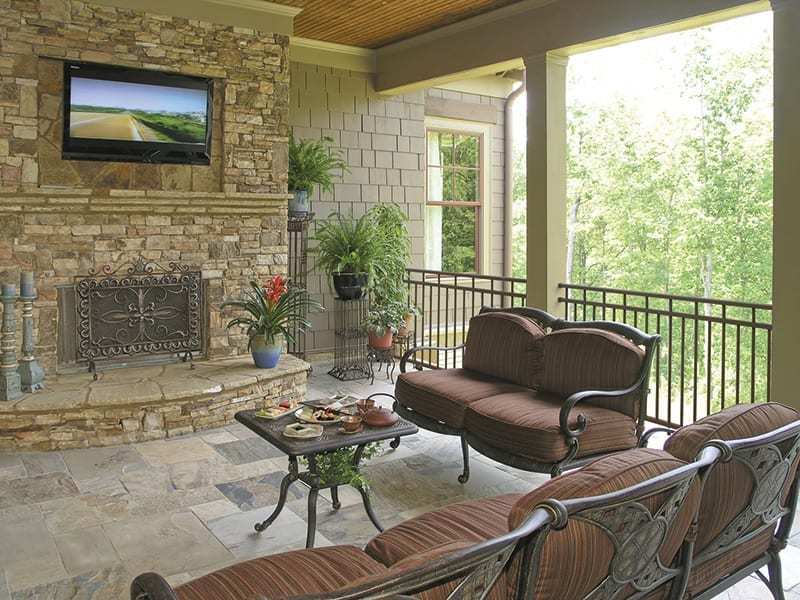Metal Railing
From decks, balconies, and poarches
We see it all the time!
It’s astounding how much care goes into the design of each component of a building or home. We tend to go about our days enjoying the well-designed products around us, completely ignorant as to how much effort went into their form—the carefully-measured stairs, the counter that sits at just the right height, the windows perfectly placed to usher in sunlight. Think for a moment about metal railing. We see it all the time on decks, balconies, and porches, but have you ever thought about all the details that figure into a railing’s construction?

MMC Metal Railing
Just a few of the many requirements detailed by the IRC for railings in residential homes.
If you aren’t involved in certain fields like architecture, construction, or the manufacture of building products, you’ve probably never thought about all of the safety and comfort features that go into metal railing. Luckily, there are organizations that dedicate their time, expertise, and resources to these details. Without their input and the codes they’ve written, our homes and buildings wouldn’t be made of such safe, secure, and carefully designed railings. Consider just a few of the many requirements detailed by the International Residential Code (IRC) for railings in residential homes:
- All decks higher than 30 inches must have a guardrail.
- Guardrails must be at least 36 inches in height measured from the deck surface to the top of the rail.
- Interior sections of the rail cannot possess any openings large enough to pass through a 4-inch diameter sphere.
- Guardrails must be strong enough to withstand a concentrated 200-pound force anywhere along the top of the rail.
These are just a few of the many code requirements detailed by the IRC for residential homes. Commercial buildings, regulated under the International Building Code (IBC), have similar but slightly different demands.

Ensuring that all buildings are held to the same standards for safety.
The requirements for residential railings are specific, detailed, and may seem exhaustive to those not familiar with building codes. However, by creating and regulating these rules, the IRC and IBC ensure that all buildings are held to the same standards for safety. Without their research and expert opinions, you might sometimes encounter dangerous metal railing. Under heavy pressure, an insecure railing might snap—fracturing the structure and putting anyone standing nearby at risk. When encountered by a curious child, a spatially flawed railing might allow the child to slip through the posts and fall. And without the first requirement listed above (all decks higher than 30 inches must have a guardrail), some homeowners might choose to ignore safety in the name of style or thriftiness, forgoing a metal railing altogether and creating an incredibly dangerous space.
Our metal railing product lines are built with all of these code requirements in mind. Stylish and versatile, but also carefully-designed to create a maintenance-free, formidable, and enduring product, you can’t go wrong with our metal railing products. Check out our Westbury Aluminum Railing systems if you’re interested in a railing with some European flair, or try the ScreenRail premium system if you would like a railing that can defend your deck or balcony from pesky insects. Free of maintenance, elegant in style, and extremely long lasting, you can’t go wrong with MMC metal railing.
To learn about metal handrails, click here.
